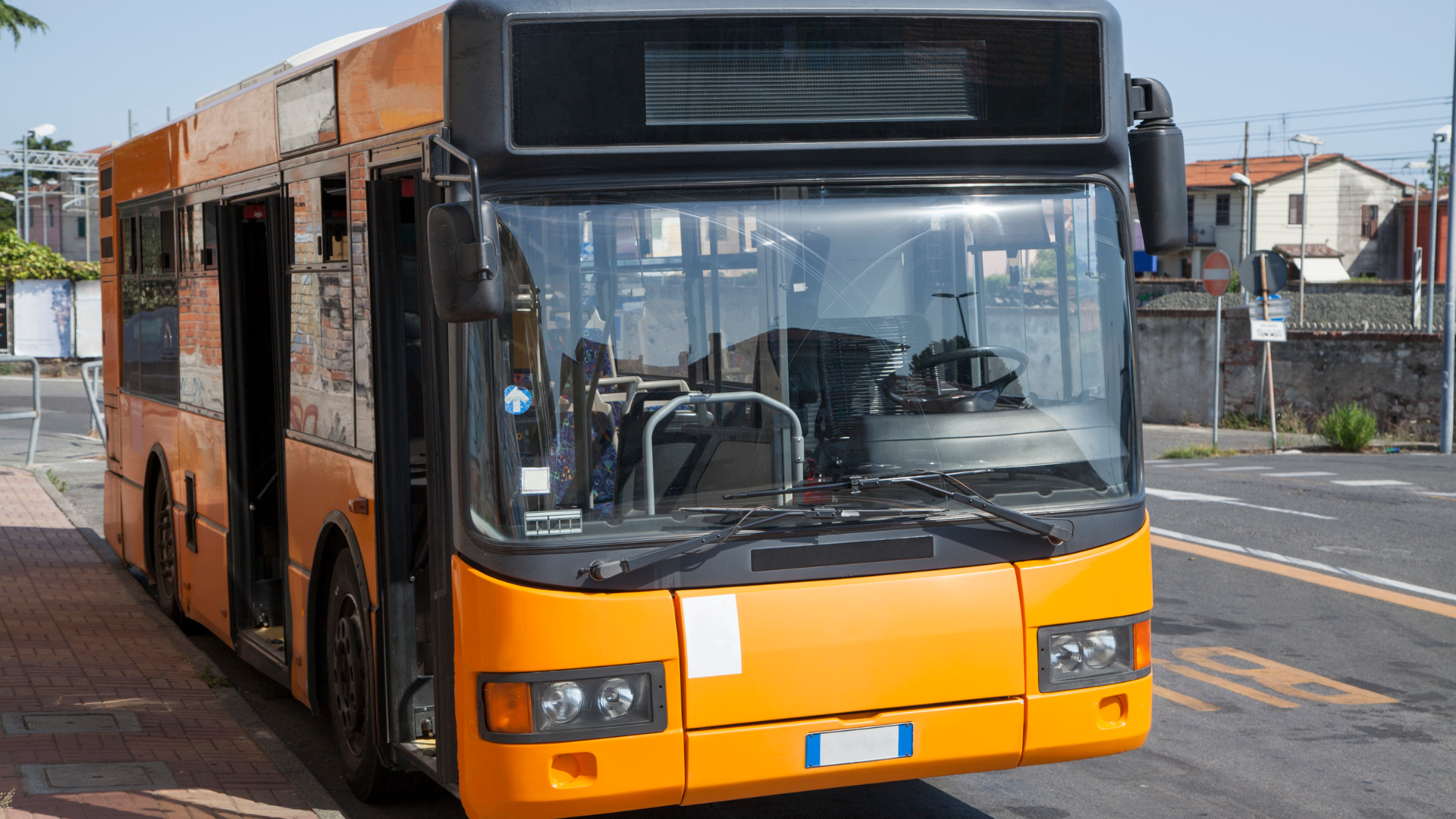How IIoT can optimise Smart Bus System
The integration of Industrial Internet of Things (IIoT) in Smart Bus Systems can bring a significant transformation in the transportation sector. Through IIoT, buses can be equipped with sensors and devices that generate real-time data about their location, speed, fuel consumption and other parameters. This information can be analysed to optimise bus routes, reduce idle time at stops and improve overall efficiency of the system. IIoT-enabled buses can also communicate with traffic lights and smart intersections to coordinate traffic flow and minimise congestion on roads. In addition, passengers can benefit from IIoT through real-time journey updates, better security through facial recognition technology and contactless payment options using mobile devices or wearables. By leveraging IIoT capabilities in Smart Bus Systems, cities can enhance public transport services while reducing costs and environmental impact associated with traditional modes of transportation.

Fiberroad Enabling IIoT Solution for Smart Bus System
Equipped with advanced Industrial Ethernet Technology, and MQTT Cloud Management Protocol, Smart Buses can be monitored and coordinated meticulously to ensure bus services are performing within standards. In addition, real-time live surveillance and video analytics of bus fleets can be implemented to respond to emergency events and ensure the security and safety of drivers and passengers. Furthermore, smart buses can monitor and collect data such as driving behaviour and passenger flows, giving bus operators insights into their fleet operation and allowing them to make service improvements or timetable rearrangements when necessary.

Equipped with advanced Industrial Ethernet Technology, and MQTT Cloud Management Protocol, Smart Buses can be monitored and coordinated meticulously to ensure bus services are performing within standards. In addition, real-time live surveillance and video analytics of bus fleets can be implemented to respond to emergency events and ensure the security and safety of drivers and passengers. Furthermore, smart buses can monitor and collect data such as driving behaviour and passenger flows, giving bus operators insights into their fleet operation and allowing them to make service improvements or timetable rearrangements when necessary.
Featured case study
![get_field('solution_case_study_image')['alt']](https://cdn.fiberroad.com/app/uploads/2022/06/Smart-Bus-Portugal.png)
As part of “Smart Portugal”, a Portugal public bus contractor deployed Fiberroad Industrial PoE Switch into their “Smart Bus”. With the growth of the urban population and the overall trend of population ageing, the bus is becoming one of the primary transportation means and such issues as preventing collision and congestion, facilitating mobility, providing infotainment (internet access to passengers), security (vehicle IP-surveillance), fleet management, vehicle tracking, navigation, emergency connectivity, and remote control are urging Departments of Transport develop concepts of Smart Bus ecosystems and implement Smart Bus networks.
Low Bandwidth, High Efficiency: The Benefits of Using MQTT in Smart Bus System
![get_field('solution_solutions_image')['alt']](https://cdn.fiberroad.com/app/uploads/2022/06/MQTT.png)
MQTT is a high-usage technology that was initially used to build connections within a satellite-based network. The lightweight protocol allowed for low bandwidth and power consumption.
The resource efficiency of MQTT played a major role in the system, working via the costly satellite link. Later on, MQTT has come into use with more accessible and low-cost communication channels and in various application areas, including the Internet of Things (IoT) and Industrial Internet of Things(IIoT). To keep it simple, an IoT system is a network of connected devices communicating with each other. MQTT fits well into this concept. It is a light protocol with a fast response time. It makes the interaction between devices efficient, whatever the number of devices there is.






